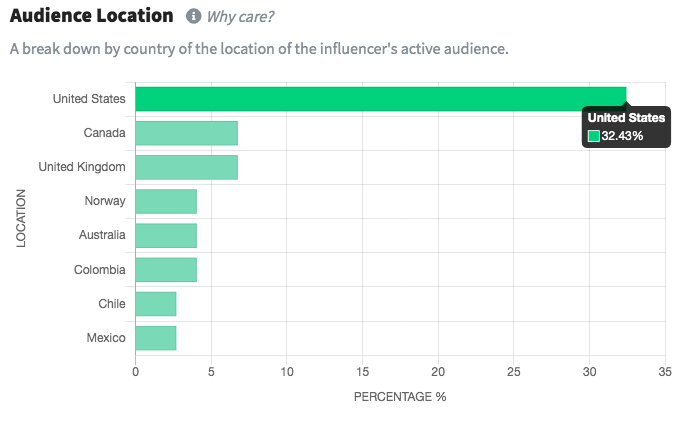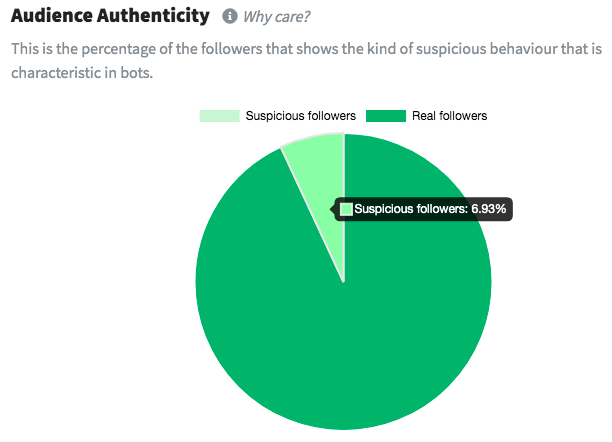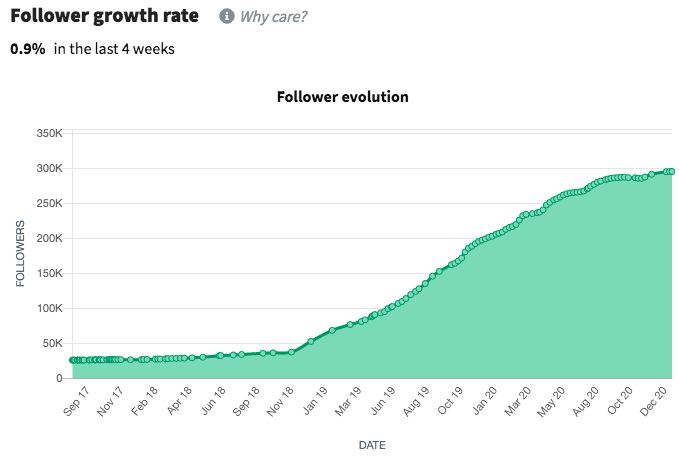If you are working with social media influencers on campaigns, they represent your company. So before you decide on the person who will play this role, it is important to understand the things to look into about their profile.
While an influencer’s personal style and popularity can be significant elements, they’re certainly not the only things to consider. Brands must consider the following 10 aspects when considering collaborations with influencers.
Content quality and the category
The first step is to check out their profile. What’s it about? You’ll need an influencer with posts that fall in the same area as your company.
If you’re a company that creates kitchen items, you’ll need to locate an interior decor, food or lifestyle influencer. If your brand produces clothing or accessories, you’ll need a fashion influencer, and so on.
Then, how do you rate the quality of their content? Are their images well-constructed and clear? Are they able to upload Instagram Stories and modify TikTok videos? To promote your business on social media the influencer should be able to clearly communicate the message of your brand.
Location
This information is typically found in their biography and in the geotags that they apply on their posts. You can also find it by using an influencer marketing platform, or by looking through their content.
Location matters for several reasons:
- This could affect the influencer disclosure guidelines applicable to your collaboration. Numerous countries have regulations on this.
- Influencers must be in areas that are relevant to your marketing campaign. Consider your goals and your target audience, and then think about where you can reach them.
- The location of the influencer will impact costs. Don’t expect an influencer in NYC to be priced the same as one from Bangkok.
Aesthetic style
Take a look at the influencer’s style. What filters and colors do they employ? Find an individual who complements the style of your brand.
For instance, if your business sells hippie-style clothes, you should find an influencer who has the same style. They are likely to have followers who share similar aesthetics, which means you’re more likely to attract attention to your company.
Follower count
Follow count, sometimes referred to as reach, provides us with an idea of the number of people who will likely view an influencer’s posts. It also affects the price of an influencer’s services.
There are five kinds of influencers according to their follower count:
- Nano influencers, 1-5K followers
- Micro influencers, 5-50K followers
- Medium influencers, 50-100K followers
- Macro influencers, 100K-1M followers
- Mega influencers, 1M+ followers
Reach isn’t always the priority in influencer campaigns. Engagement rate is also very crucial, and nano and micro influencers typically have the highest engagement rates in the industry.
Nano and a few micro-influencers usually work with you for free products. In the upper reaches of the micro-tier, influencers will begin asking for fees. From the middle tier up, influencers usually have managers and may increase the fees more.
Follower growth
Find out how an influencer attracted followers over time. Organic growth is slow but steady. With well-crafted, targeted content, influencers will gain increasing numbers of followers over time.
However, if you find that an influencer suddenly gained loads of followers, it could be because they have bought fake ones. Make sure they haven’t hosted a giveaway or gone viral around the time of the increase. If not, the increase is likely to be fake.
The growth rate is shown in the influencer marketing platform Heepsy. The slow, but the steady upward trend suggests that it’s organic.
Followers to following ratio
Examine the number of followers against the number of accounts they follow. If this number is similar to one, it could suggest that the influencer may be using a follow/unfollow approach.
It happens when an influencer follows random people, waits for them to follow them back, then removes them. These followers are trying to be courteous but aren’t interested in the content of the influencer.
Engagement rate
The engagement rate shows how interested people are in the content of an influencer. The more engaged they are, the more likely they will interact with the content.
The ways that you can interact with content differ across social networks. Each social network thus has its own benchmarks. When comparing influencers, only compare them with their counterparts. For instance, do not look at Twitch streamers’ engagement rates compared to the benchmarks used by TikTok creators, and so on.
As we mentioned above the rate of engagement varies based on the number of followers. When the number of followers increases the engagement decreases. This is why it’s crucial to measure an influencer’s engagement against the averages of their follower segment.
Audience demographics
When you’re vetting an influencer’s profile look into their followers as well. Check to see if the target group you’ve identified for your campaign is compatible with the influencer’s audience. Examine demographics like gender, age, location, language and interests.

Results here are sometimes quite surprising. Imagine you find an American influencer, and believe that their audience is largely situated in the US, too. But, an analysis of the demographics may reveal the contrary, which can be shown in the image above, where only a third of the influencer’s audience is based in the US.
Audience authenticity
Additionally, you should consider audience authenticity. Influencers are able to buy fake followers, however, you should not spend money to market to these bots. Influencer marketing software can analyze this for you in a quick and efficient manner.

The authenticity of the audience as shown through the influencer marketing platform Heepsy.
If you’re not on any influencer marketing platform, scan the followers of the influencer via social media. Do the people who follow them and share their posts appear to be real individuals? Bots are generally recognizable as fake due to the absence of profile info, pictures or content, or non-natural speech patterns.
Previous collaborations
Finally, take a look at the other brands the influencer has partnered with. What kind of content did they publish? Did the content garner good engagement or a lot of impressions?
Examining this information will help you determine the extent to which their content could be able to serve your brand. It’s also a chance to see if an influencer has collaborated with one of your direct competitors, in which case you may want to steer clear of them.
Conclusion
If you’re looking to locate social media influencers and choose the most appropriate one for your campaign, keep these 10 tips in mind throughout the process. A thorough analysis of influencers is an essential element in any effective influencer marketing strategy. Therefore, it is important to take the time to conduct it properly.








